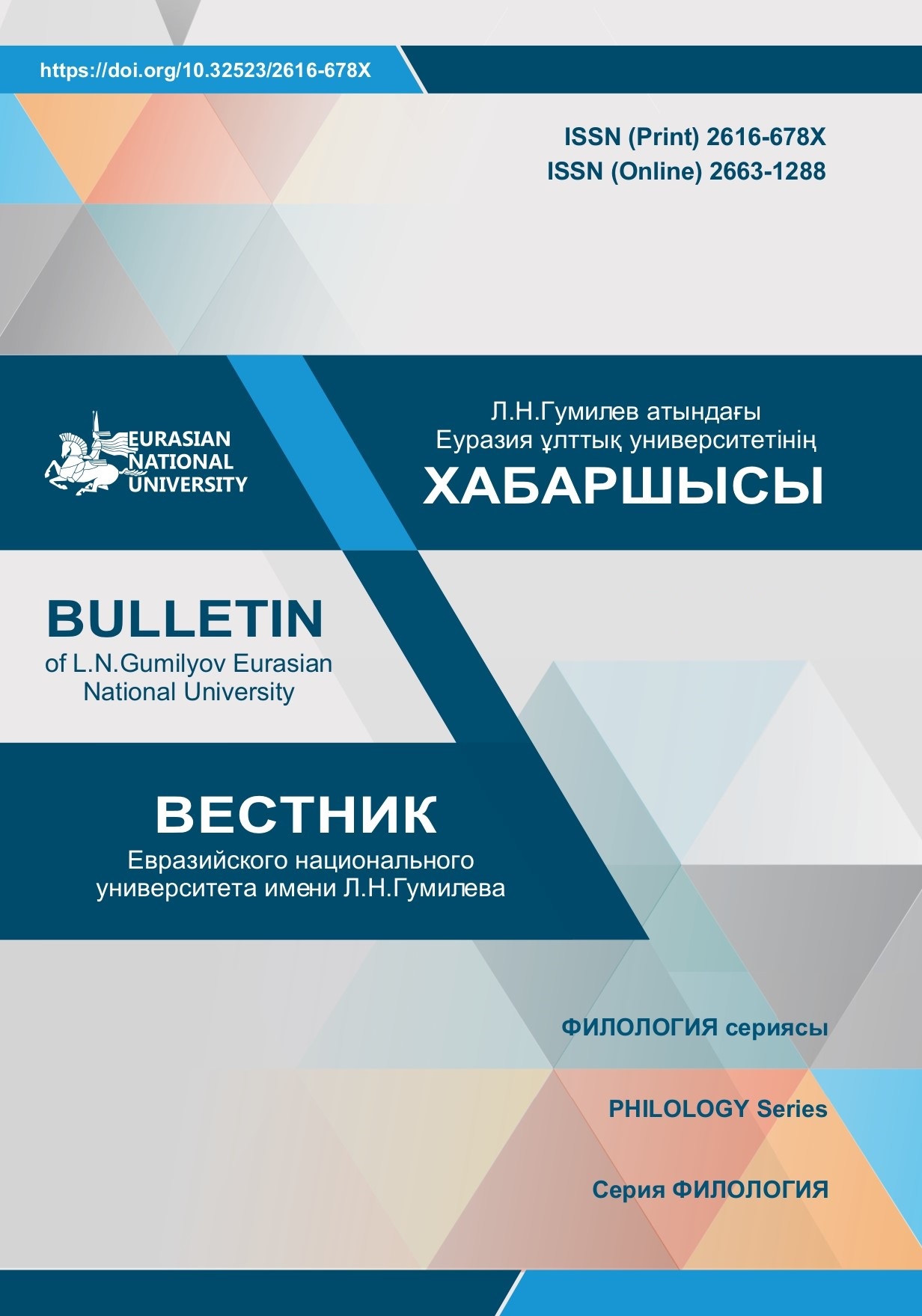Бір буынды түбір етістіктердің «қыпшақтық» корпусындағы вокализм жүйеcінде салыстырмалы сипаттамасы
Қаралымдар: 140 / PDF жүктеулері: 105
DOI:
https://doi.org/10.32523/2616-678X-2018-122-1-81-87Кілт сөздер:
Етістік, фонологиялық құрылысы, қыпшақ тобы тілдері, вокализм жүйеcіАңдатпа
Татар, башқұрт, қарайым, қарашай˗балқар, қырым татары, қырымшақ, ноғай, қазақ,
қарақалпақ тілдері тәрізді қыпшақ тобы тілдерін құрайтын қазіргі түркі тілдерінің лексикалық қорындағы, грамматикалық құрылысындағы, морфологиялық құрылымындағы өзіндік ерекшеліктер мен ортақтықтардың қыр˗сырын танытатын лингвистикалық құнды дереккөздердің бірі - осы тілдердің моносиллабтық өзегі. Демек, етістік моносиллабтардың құрылым˗құрылысын салыстыра зерттеу қыпшақ
тілдерінің әрқайсысында ішкі˗сыртқы факторлардың ықпалымен пайда болған тарихи өзгерістердің табиғатын зерделеуге, «атақыпшақ» тектілін жаңғыртуға мол мүмкіндіктер тудырады. Мақалада қазақ тілі
мен қазіргі қыпшақ тобына енетін басқа түркі тілдеріндегі бір буынды түбір етістіктердің салыстырмалы
сипаттамасы жасалып, ортақ бір буынды түбір етістіктердің фонологиялық құрылымының типтік модельдері айқындалалады, сонымен қатар анлаут, инлаут, ауслауттағы дыбыстық сәйкестіктердің сараланып,
нақты тілдік деректермен дәйектеледі







